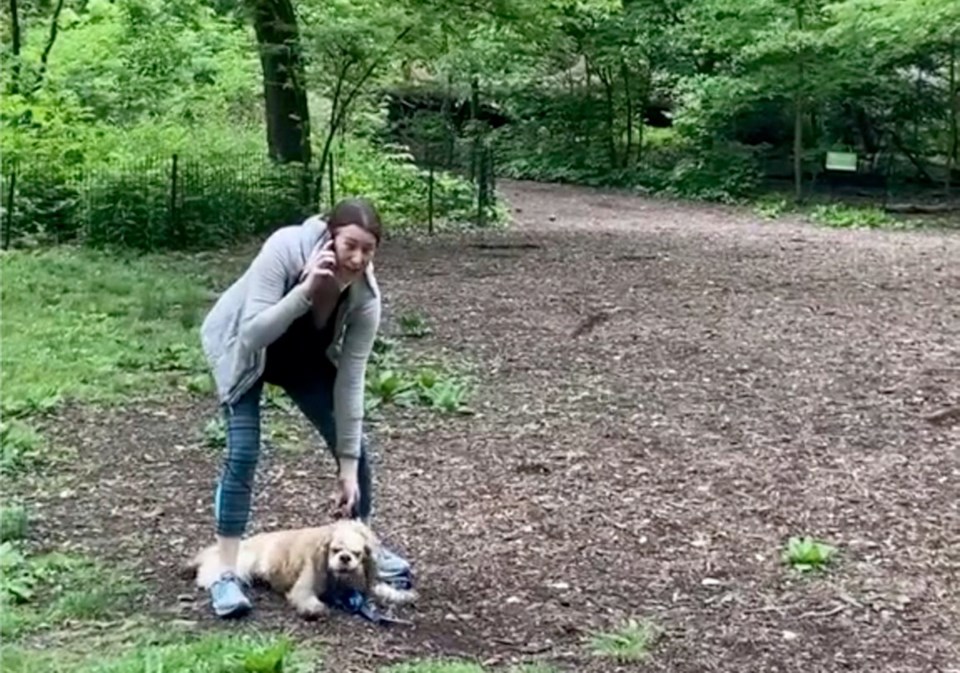I’ve spent a lot of time researching Indigenous employee recruitment and retention, and bias is something that continually comes up. A common response is employers and management teams need to work toward identifying their own biases, before things can improve for Indigenous employees.
Bias doesn’t just affect Indigenous people — it affects us all. In some cases, we are oppressed and others the oppressors. It can be uncomfortable to look within ourselves to identify our own biases, but if we don’t, nothing will change.
Biases comes up all the time. We all have them. We need to understand that some biases we carry knowingly, and others are drawn on subconsciously. Sometimes bias can be displayed loudly and other times its underlying.
“We all grow up here and we are bombarded by millions of messages, many of which are upheld by institutions and it’s impossible to not be influenced,” Janice Abbott, CEO of Atira Women’s Resource Society, explained, adding these messages can lead to racism, sexism, misogyny, ageism, ableism and heterosexism.
Like most flaws, it is easier to identify bias in others than in ourselves, but it’s important for everyone to take a moment and think about it even if it is uncomfortable.
“Too many of us are way too committed to the idea that we are awesome and unwilling to reflect on our own biases,” said Abbott. “And while we may not choose to admit we have biases, we mostly know they exist. Basically, we have to want to change and then understand it’s a life-long journey with stumbles, and so it requires our absolute commitment.”
I recently took an Indigenous cultural safety course that had a few exercises on stereotypes and bias that I found challenging. One of these exercises was a list of stereotypes I was asked to sort into categories of different demographics. I had a hard time and felt awful because I knew what stereotypes they wanted me to link with individual groups, but I couldn’t actually force my mouse to connect them together. Right under the exercise was a statement saying it was meant to be uncomfortable.
We can be biased of people for many reasons that have nothing to do with race. Bias can include making assumptions about age, education, income, family composition, gender and sexual orientation. Bias is a shortcut our brain takes to process the millions of messages we are exposed to that Abbott mentioned. Not all shortcuts are good, and I think it could make a world of difference if we take a second to pause and assess some of these shortcuts.
Our bias makes snap judgments on how people look and behave, often resulting in unfortunate outcomes.
A recent example is the woman in New York’s Central Park calling 911 on a man who was bird-watching and who asked her to follow the park’s guidelines and put her dog on leash. When the conversation turned to a verbal dispute, the man started filming and the woman called 911 stating: “There is an African American man threatening my life.”
The story is disheartening, because in the video it appears the woman is stating the man is African American because she is hoping to garner a specific type of reaction, which could be deadly for the man. The video has spread worldwide.
While this is an example from the United States, we need to remember things like this happen here, too. During my conversation with Abbott, she raised a very important point, one that I am not sure we as Canadians think about.
“Being Canadian, we are often told that we are less racist, kinder, more accepting than other people,” Abbott said, explaining this as a bias we are taught to be true. “So we think we’re good and we’re shocked when it turns out the Amy Coopers are Canadian. Who wants to be less bad at something that is evil anyway? Is that our bar?”
Abbott noted that bias begins in our homes, and as we get older, we are exposed to bias through our peer groups and institutions. If we acknowledge our own biases and address them, we can reduce the biases that we pass on to others.
Charla Huber is the director of communications and Indigenous relations for M’akola Housing Society.



